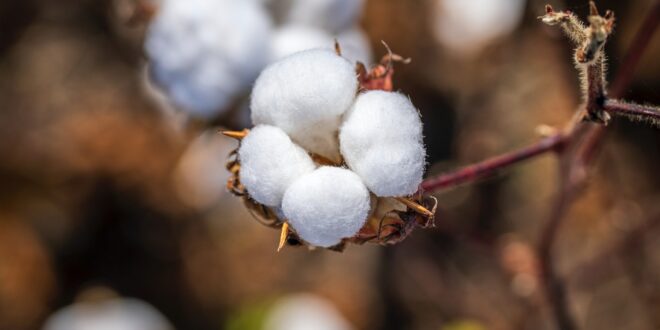Like many Kiwis, you’ve probably been following the recent debacle surrounding the government decision to order synthetic fibre carpets for schools. It is something that has irked many, especially those in farming regions. Why, they ask, should we not be installing wool carpets in schools, something that would support our own local growers while at the same time showcasing a natural product.
This desire to return to natural materials is a trend impacting the garment industry, and for good reason. For many years, we were encouraged to buy polar fleece garments manufactured from recycled PET (Polyethylene terephthalate) plastic. It seemed like a win-win solution for dealing with the lightweight plastic entering out waste stream. Now, however, it has been found many synthetic fabrics hold a hidden horror.
In 2022, for the first time, microplastic (tiny plastic particles) were detected in close to 80% of human blood samples tested during research. These particles have been shown, in laboratory situations, to be capable of damaging human cells. As they are able to freely move around the body, potentially lodging in organs, the detrimental effects on health are still to be uncovered.
As for how these microplastics enter the body, it’s not rocket science! When we launder plastic garments (and especially when we do so in a washing machine rather than by hand), the swishing action of the water dislodges tiny fibres. Because these fibres are often too small to be filtered out during water treatment processes, the fibres then enter our waterways. When living organisms (including fish) ingest the fibres, we suddenly have microplastics in our food chain.
Of course, washing synthetic garments with the potential to shed microfibres isn’t the only way microplastics enter our food chain. Every year, synthetic garments (and products such as synthetic carpet) are routinely dumped in landfills where the elements weather them down and decay them. The process of leaching then carries the particles into our waterways.
As for what we, as individuals, can do to mitigate this frightening form of pollution, the answer is simple and natural – make it a policy to stick to organic fibre fabric in our linens and clothing. After all, it has served us well for generations, and in addition to not shedding microplastics, organic fibre fabric holds a host of other healthy advantages for us and the world.
 Bamboo fibre garments, for example, are manufactured from a highly renewable grown without the need for pesticides or vast amounts of water. It’s also a fast growing crop that can be harvested again and again from the same root stock, which means less invasive cultivation, and a reduction in soil erosion.
Bamboo fibre garments, for example, are manufactured from a highly renewable grown without the need for pesticides or vast amounts of water. It’s also a fast growing crop that can be harvested again and again from the same root stock, which means less invasive cultivation, and a reduction in soil erosion.
Like so many natural fibres, including fine wool, bamboo is super-soft, and helps reduce body odour. It also has the ability to draw moisture away from the skin to the outer surface of the fabric where the moisture is quickly evaporated. This ‘breathability’ makes bamboo and wool garments suitable for wear in a range of climates and seasons.
Many natural fibres, including silk and cotton, are also ‘hypoallergenic.’ This means they are less likely to cause an allergic reaction in people who experience allergies. Those who suffer from asthma, or who experience sensitive skin conditions such as eczema and psoriasis, frequently turn to hypoallergenic garments to help minimise the chance of break-outs, and to ease their symptoms.
So, perhaps our Kiwi wool-carpet-in-schools advocates have done us all a favour in objecting to the installation of synthetic carpet. They’ve highlighted the benefits of natural fibre, and made us all take a closer look at the garments we purchase, and how they can improve our own health and the health of the planet.










Join the Discussion
Type out your comment here:
You must be logged in to post a comment.